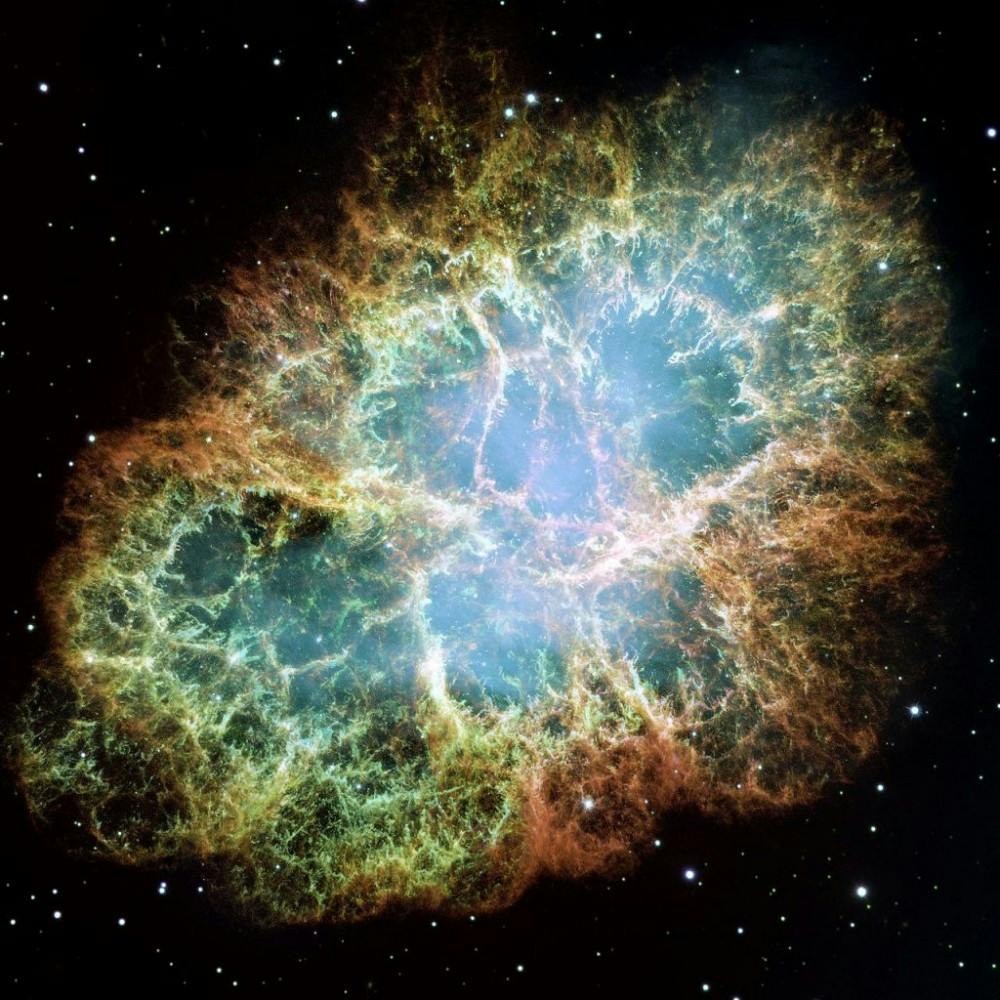A group of international astronomers, led by Sherry Suyu of the Max Planck Institute for Astrophysics, made new and independent measurements of how fast our current universe is expanding. This expansion rate, also known as the Hubble Constant, plays a crucial role in modern astronomy for its ability to help verify our picture of the universe.
This project, the H0LiCOW collaboration, was done by observing five distant galaxies through the NASA/ESA Hubble Space Telescope and other telescopes in space and on the ground. The team determined the Hubble constant to be 71.9 ± 2.4 kilometers per second per Megaparsec (one Megaparsec is equivalent to 3.26 million light-years).
“Our method is the most simple and direct way to measure the Hubble constant as it only uses geometry and General Relativity, no other assumptions,” Frédéric Courbin of École polytechnique fédérale de Lausanne (EPFL) said in a recent ESA article.
Massive entities such as galaxies have incredibly strong gravitational fields that bend spacetime and light itself. This phenomenon, called “strong gravitational lensing,” was first predicted by Albert Einstein. The team was able to measure the Hubble constant by using the galaxies observed as lenses that produce multiple images of a distant quasar, or an extremely bright galaxy core.
Since the light emitted by a quasar changes over time, the flickering patterns in the images are the same but delayed in time. This delay occurs mainly due to two factors. First, the gravitational force of the galaxy might alter the time measurement for patterns.
Second, the light travels in different paths because galaxies and quasars are not aligned perfectly. This path distance is also dependent on the expansion rate of the universe, or the Hubble constant. The time delay from multiple images allows Suyu’s team to directly measure the Hubble constant.
Imagine three families going on road trips from Baltimore to Disney World in Orlando, Fla. over the summer. Each family sets out on their journey at the same time, from the same starting point but take distinct paths to get there. The different times each family arrives to their destination is the time delay. The traffic conditions while traveling is analogous to the first factor and the distinct paths are analogous to the second factor.
The accurate measurements and cutting edge technology allowed the team to determine the constant with an impressive 3.8 percent precision.
“The expansion rate of the Universe is now starting to be measured in different ways with such high precision that actual discrepancies may possibly point towards new physics beyond our current knowledge of the Universe,” Suyu said in a recent ESA article.
This result was in agreement with the value of 73.24 ± 1.74 kilometers per second per megaparsec generated earlier using Cepheids (pulsating stars) and supernovae (exploding stars). This measurement was done by a team led by Adam Riess, a Noble Laureate and Bloomberg Distinguished Professor at Hopkins.
However, both values measured by Suyu’s team and Riess’s team are different from the value that was measured by the ESA Planck satellite (66.93±0.62 kilometers per second per megaparsec). The important distinction is that Suyu’s team and Riess’s team measured the Hubble constant in the local universe, whereas the Planck satellite measured the constant in the early universe.
In other words, our current universe is expanding at a rate faster than the universe shortly after the Big Bang. This difference between the expansion rates of the early universe and current universe points to a critical component that is missing from our understanding of the universe.
“This surprising finding may be an important clue to understanding those mysterious parts of the Universe that make up 95 percent of everything and don’t emit light, such as dark energy, dark matter, and dark radiation,” Riess explains in an ESA article published last June.
This research was presented in a series of papers in the Monthly Notices of the Royal Astronomical Society.





